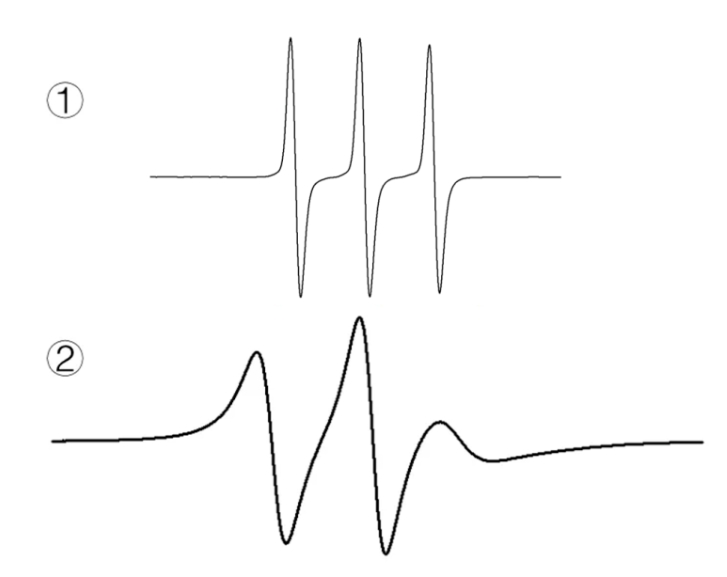This article was last revised in 196 Days ago, some of its contents may have changed. If you have any questions, you can ask the author。
Some beginners of electron paramagnetic resonance (EPR) spectroscopy often face problems such as unclear basic principles, difficulty analyzing spectra, and unskilled operation of instruments.
To help our users better utilize EPR spectroscopy, CIQTEK launched this "EPR Mini-course" series to answer the problems encountered by users in their EPR studies and experiments.
Please feel free to email us at info@ciqtek.com for your specific questions.
Q1: An accessory used to determine orientation-dependent samples (e.g., single crystals) is a ( ).
A. Goniometer
B. Field/frequency lock system
C. Gaussmeter
D. Xenon lamp
------
Answer: A
Q2: The following options are important applications of high-frequency (e.g., W-band) EPR technology ( )?
A. Direct detection of living organisms
B. To improve the sensitivity of detection of small numbers of samples [the same number as in low-frequency (e.g., X-band) detection].
C. To improve spectral resolution
------
Answer: BC
Q3: True or False: For EPR testing, microwave power should be reduced before changing samples.
------
Answer: True.
For EPR testing, make sure to reduce the microwave power to less than 40 dB. It is not permitted to remove the sample from the resonant cavity under high microwave power or to move the sample drastically, otherwise, serious detuning of the microwave bridge circuit may be caused, and the detector diode may even be burned out.
Q4: The viscosity of a solvent affects the rate of movement of the molecules, which in turn affects their EPR spectra. The figure below shows the EPR spectra of TEMPOL in water or glycerol system, the correct match is ( ).
A. ①water system; ②glycerol system
B. ①glycerol system; ②water system

------
Answer: A.
Glycerol is more viscous than water, and in the glycerol system, the motion of the TEMPOL molecules slows down and exhibits an anisotropic spectral signature.
This session is over. See you next time!